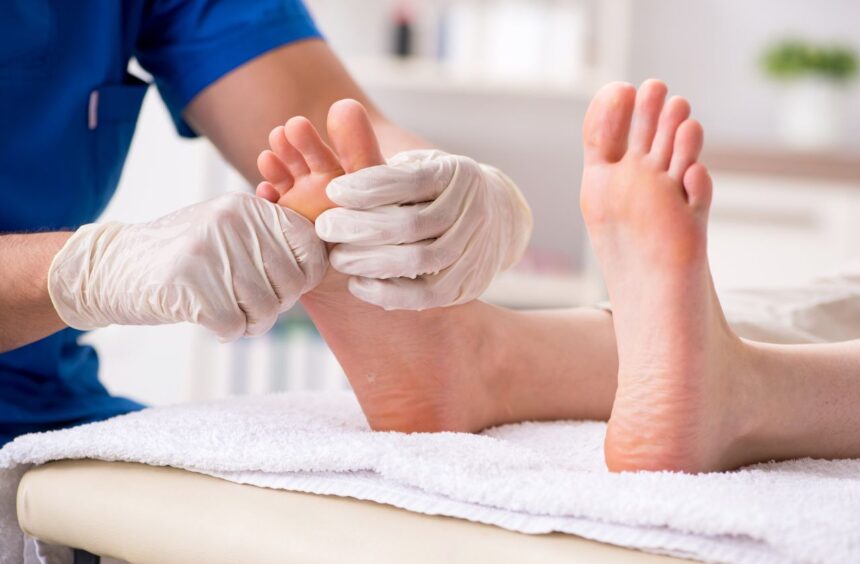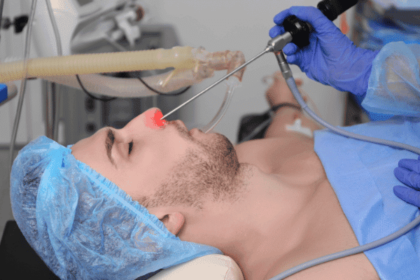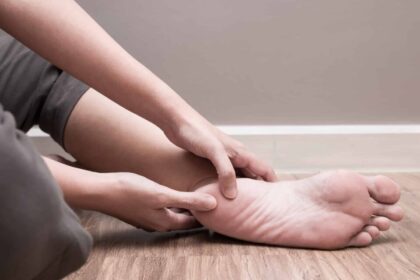Diabetes is a long-term condition that affects multiple body systems, including those responsible for maintaining healthy feet. Nerve and circulation changes are common in people with diabetes, especially in the lower limbs.Regular foot care is key for daily self-management; it helps address small issues before they become serious complications. Here’s information about the role of consistent diabetic foot care:
Recognizing Diabetic Foot Risks
Living with diabetes involves monitoring specific risks that may impact the feet. Two primary concerns are peripheral neuropathy and peripheral artery disease (PAD), both common complications related to diabetes.
- Peripheral Neuropathy: This occurs when nerve damage leads to reduced or lost sensation in the feet. Individuals may not feel pain, heat, or cold as easily, and this makes it possible for minor cuts or injuries to go unnoticed. These seemingly small issues have the potential to develop into more significant problems if left unattended. Regular inspection helps identify these changes early.
- Peripheral Artery Disease (PAD): PAD involves changes in the blood vessels that decrease blood flow to the lower limbs. Reduced circulation makes healing slower and increases the potential for minor wounds to linger. Attending to any abnormal findings quickly remains a key part of foot care for those with diabetes.
Establishing a Daily Routine
Daily foot care is a key practice for reducing the risk of complications. Start by visually examining each foot, noticing any redness, swelling, cracks, blisters, or changes in the nails. Using a hand mirror or asking for assistance enables observation of the soles and tricky areas.
Hygiene practices also play a fundamental role; individuals should wash their feet daily with warm water. After cleansing, dry feet thoroughly, paying close attention to areas between the toes where moisture may linger. Applying a moisturizing lotion to the tops and bottoms of the feet helps prevent dryness, but avoid placing lotion between the toes, as excess moisture is not helpful.
Selecting Proper Footwear
Choosing shoes and socks carefully is helpful for preventing pressure or friction. Shoes should fit comfortably from the start and require no break-in period. Shopping for shoes later in the day, when feet are at their largest, may result in a better fit. Inspect the insides of shoes to make sure there are no seams or sharp objects; this habit helps prevent blisters and irritation. Socks that are clean, dry, and made from moisture-wicking materials contribute to foot comfort. Seamless socks are a good choice for reducing rubbing. Well-selected footwear supports balance and stability, helping limit the risk of developing foot injuries.
Promoting Circulation and Support
Maintaining healthy blood flow is another key element of diabetic foot care. Elevate feet while sitting, wiggle toes, and rotate ankles regularly throughout the day. These small movements stimulate circulation. Individuals should also avoid crossing their legs for long stretches, as this habit may restrict blood flow.
Routine appointments with a healthcare professional for foot checks provide helpful oversight. During these visits, providers assess nerve sensation, circulatory status, and overall foot structure. Professional guidance supports the early identification of patterns or concerns that might not be noticed during daily home care.
Find Diabetic Foot Care Specialists
Prioritizing regular foot care is fundamental for protecting the health of individuals with diabetes. Daily inspection, good hygiene, proper footwear, and circulation-friendly habits work together to promote long-term well-being. Foot care specialists also assist with non-healing or slow-to-heal wounds. If you have questions or need additional guidance, schedule a discussion with your healthcare provider, and they can offer personalized recommendations.









